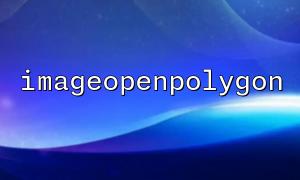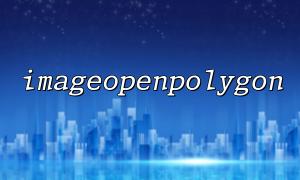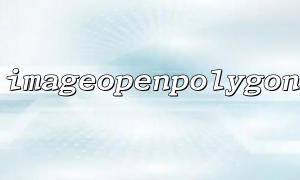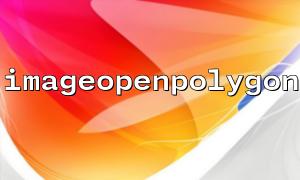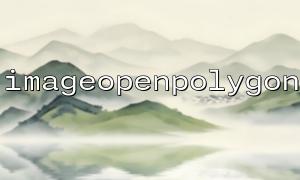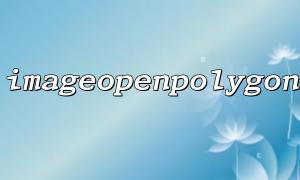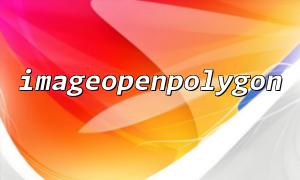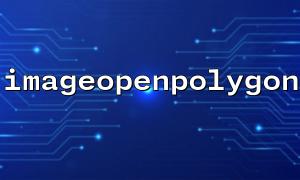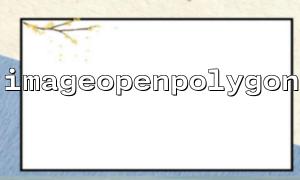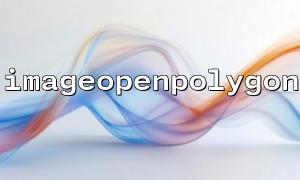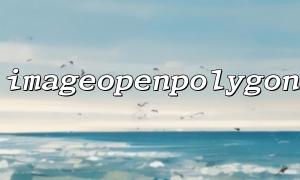When using PHP's GD library for graphic drawing, imageopenpolygon() is a very practical function that helps us draw open (unclosed) polygon lines. However, the lines drawn by default can be quite thin and may not be prominent enough in some scenarios where higher visual impact is required.
To make polygon lines thicker and clearer, the imagesetthickness() function comes into play. This article will explain how to use these two functions together to achieve polygon effects that better meet your needs.
imageopenpolygon(resource $image, array $points, int $num_points, int $color): bool
This function draws an open polygonal path on the image based on the given set of points.
imagesetthickness(resource $image, int $thickness): bool
This function sets the thickness of lines when drawing straight lines.
Note: The imagesetthickness() function sets a global thickness for drawing lines, which affects all subsequent line drawings.
Below is a complete example demonstrating how to draw a pentagon with thicker lines.
<?php
// Create a canvas
$image = imagecreatetruecolor(400, 400);
<p>// Allocate colors<br>
$white = imagecolorallocate($image, 255, 255, 255);<br>
$blue = imagecolorallocate($image, 0, 0, 255);</p>
<p>// Fill background with white<br>
imagefill($image, 0, 0, $white);</p>
<p>// Define the vertices of the pentagon<br>
$points = [<br>
200, 50, // Vertex 1<br>
300, 150, // Vertex 2<br>
250, 300, // Vertex 3<br>
150, 300, // Vertex 4<br>
100, 150 // Vertex 5<br>
];</p>
<p>// Set line thickness<br>
imagesetthickness($image, 5);</p>
<p>// Draw the open polygon<br>
imageopenpolygon($image, $points, count($points), $blue);</p>
<p>// Output image to browser<br>
header('Content-Type: image/png');<br>
imagepng($image);</p>
<p>// Free resources<br>
imagedestroy($image);<br>
?><br>
In the example above, imagesetthickness($image, 5); sets the line width to 5 pixels, making the polygon lines thicker and visually much more noticeable compared to the default 1-pixel lines.
Adjusting Thickness: If you want different line segments to have different thicknesses, you need to dynamically set imagesetthickness() before drawing each segment. However, for batch drawing functions like imageopenpolygon(), you can only set a uniform thickness.
Output Optimization: If you want to save the generated graphic to the server, you can use imagepng($image, '/path/to/save/polygon.png'); and then reference it on your page, for example:
<img src="https://m66.net/path/to/save/polygon.png" alt="Example of thick-lined polygon">
Avoiding Aliasing: To make thick lines look smoother, you can create a larger canvas and then scale down the output as an indirect anti-aliasing technique.
By combining imagesetthickness() with imageopenpolygon(), we can easily draw polygons with thicker, more prominent lines. This is very useful for generating diagrams, game maps, data visualizations, and other scenarios. Mastering the combined use of these two functions will greatly enhance your flexibility and expressiveness in graphic processing.
